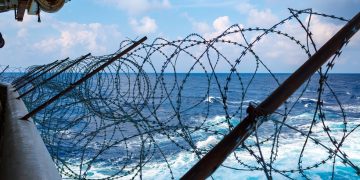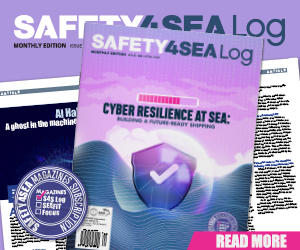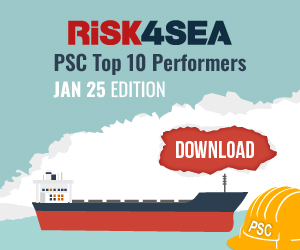During the 2025 GREEN4SEA Athens Forum, Diane Gilpin, Founder & CEO, Smart Green Shipping Alliance, highlighted how wind assisted propulsion can save fuel in shipping and focused on recent sea trials and the development of a system that leverages wind power to improve energy efficiency on ships.
The shipping industry has long been aware of the pressing need for greater fuel efficiency, driven by rising operational costs and growing environmental concerns.
While much of the focus has been on alternative fuel sources and improving traditional propulsion systems, there’s a rising buzz around wind-assisted technology as a potential game-changer.
However, it’s crucial to clarify that this technology isn’t about making ships fully wind powered.
Instead, wind-assisted systems are being explored as a supplementary tool to enhance energy efficiency, reduce fuel consumption, and support regulatory compliance in an increasingly eco-conscious industry.
While the excitement surrounding wind propulsion in shipping is palpable, we recognize that this is still a relatively new concept, and there is uncertainty about its long-term potential. The goal is to work collaboratively with industry stakeholders to tackle the real-world challenges that come with integrating new technologies into the sector.
Wind propulsion itself is not a new concept, it has been harnessed for thousands of years. However, the challenge today lies in retrofitting vessels to incorporate wind-assisted technology effectively.
One solution is not to replace fuel entirely, but to make wind an accessible, affordable, and reliable option for reducing fuel use and improving commercial resilience.
A flexible, cost-effective solution
Recently, several sea trials have been successfully completed, including digital design testing, computational fluid dynamics (CFD) analysis, and tank testing.
These trials have been crucial in understanding the impact of wind-assisted technology on ship propulsion and overall performance.
Furthermore, the results have been promising, showcasing the potential of wind-assisted propulsion to deliver tangible benefits in terms of fuel saving and reducing emissions.
Furthermore, in partnership with the University of Southampton and various industry players we assessed not only the performance of the technology itself but also its interactions with other shipboard systems.
This collaboration has played a pivotal role in refining both the design and the performance metrics of the system, ensuring that it’s not only efficient but also compatible with existing vessels.
Sea trials of single reduced-scale prototype
25 trial conditions have been compared:
- 18 at a ship speed of approximately 9 knots.
- 7 at a ship speed of approximately 11 knots.
The average difference between predicted speed change and measured speed change is below 0.04 kts.
The standard deviation of the measured ship speed was 0.1kts indicating that the observed differences between predicted and measured speed lie within the measurement accuracy.
The average difference between predicted power saving and measured power saving is below 8 kW
Now, the next step will be to predict the total power saving (i.e if the ship speed was held constant) and compare this to Houlder’s corrected total power savings from the trials.
Overcoming integration challenges
One of the significant challenges in developing wind-assisted propulsion was ensuring that the system could be easily integrated into existing ships without causing extended downtime or disrupting regular operations.
To address this, a lightweight, modular system was designed which can be easily installed and removed.
We’ve worked closely with stakeholders across the shipping industry including cargo workers, environmental groups, and shipping companies to ensure that the technology is designed to meet the needs of all parties.
While wind-assisted technology is not a one-size-fits-all solution for the entire shipping industry, it offers a promising opportunity for fuel efficiency, particularly in sectors where wind conditions are favorable, and operational requirements align.
It’s important to recognize that the technology will not be suitable for every ship or every operational scenario.
However, with continued refinement and more data collection, this system has the potential to be a viable option for the future of sustainable shipping.
By leveraging wind power as a complementary tool to traditional fuel, the shipping industry can take meaningful steps toward reducing emissions and improving energy efficiency.
As the shipping industry navigates both challenges of rising operational costs and stringent environmental regulations, wind-assisted propulsion emerges as a compelling and practical solution.
While not a replacement for traditional fuels, this technology offers a supplementary means of reducing fuel consumption, cutting emissions, and enhancing commercial resilience.
Backed by promising trial results and collaborative efforts with academic and industry partners, wind-assisted systems are proving to be both technically viable and operationally compatible with existing fleets.
The views presented are only those of the authors and do not necessarily reflect those of SAFETY4SEA and are for information sharing and discussion purposes only.
Above article has been edited from Diane Gilpin’s presentation during the 2025 GREEN4SEA Athens Forum.
Explore more by watching his video presentation here below































































